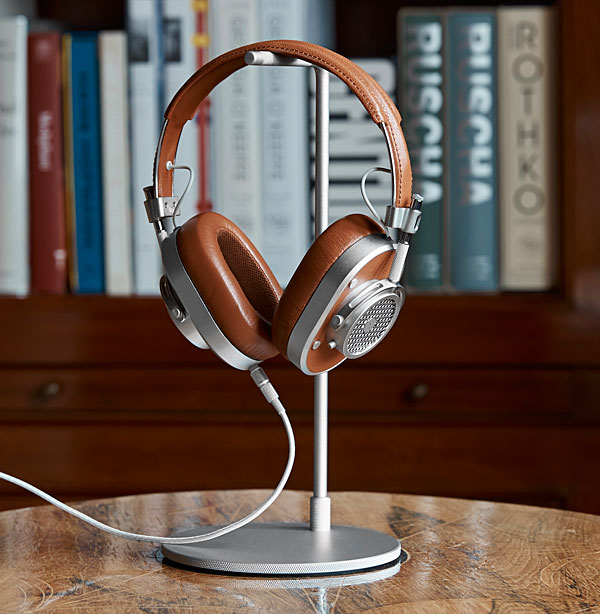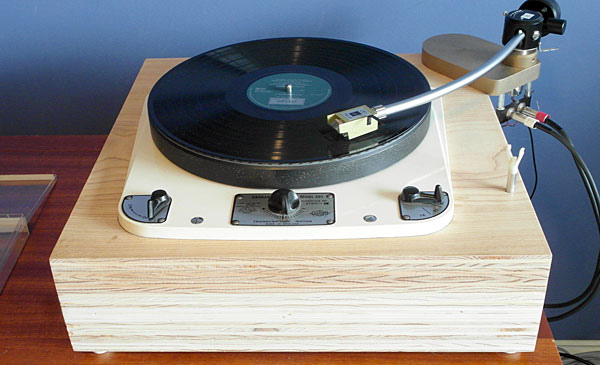| Columns Retired Columns & Blogs |
Thanks for the review, but I think you can do better with the description of the headphone's soundstage. I understand you are not a big headphone fan and Off course we know they are not speakers and we know the sound is in your head but common all you have to do is close your eyes and pretend that you are at the venue. All it takes is a little of visualization and imagination. Just close your eyes, Are you in first row or are you in the middle of the orchestra? those are the things that a headphone enthusiast would understand. just my two cents.










































